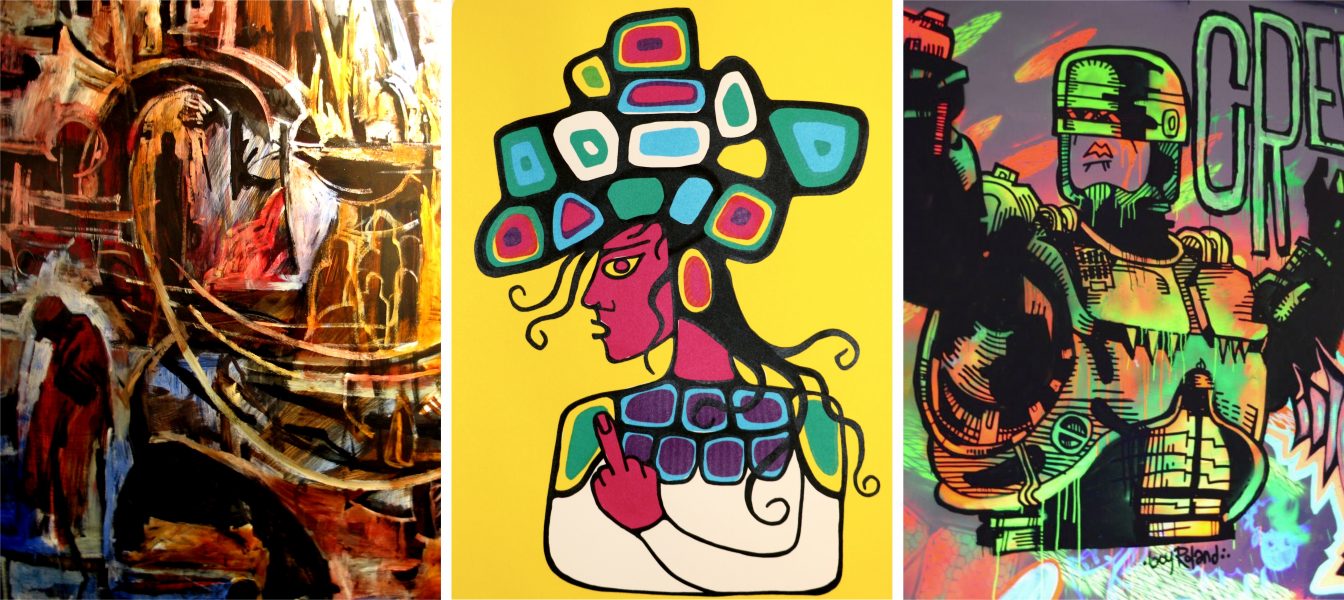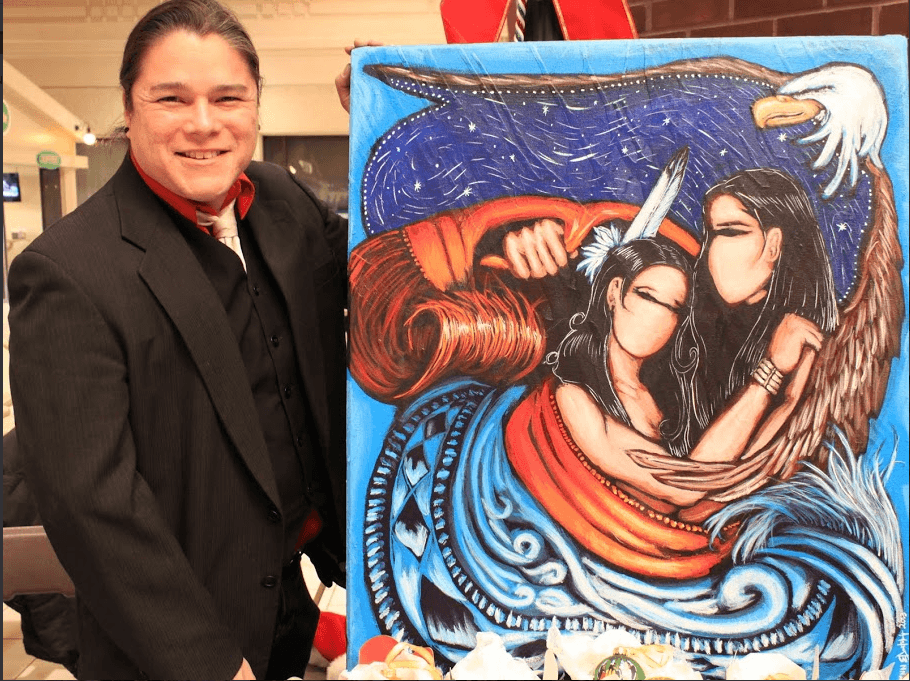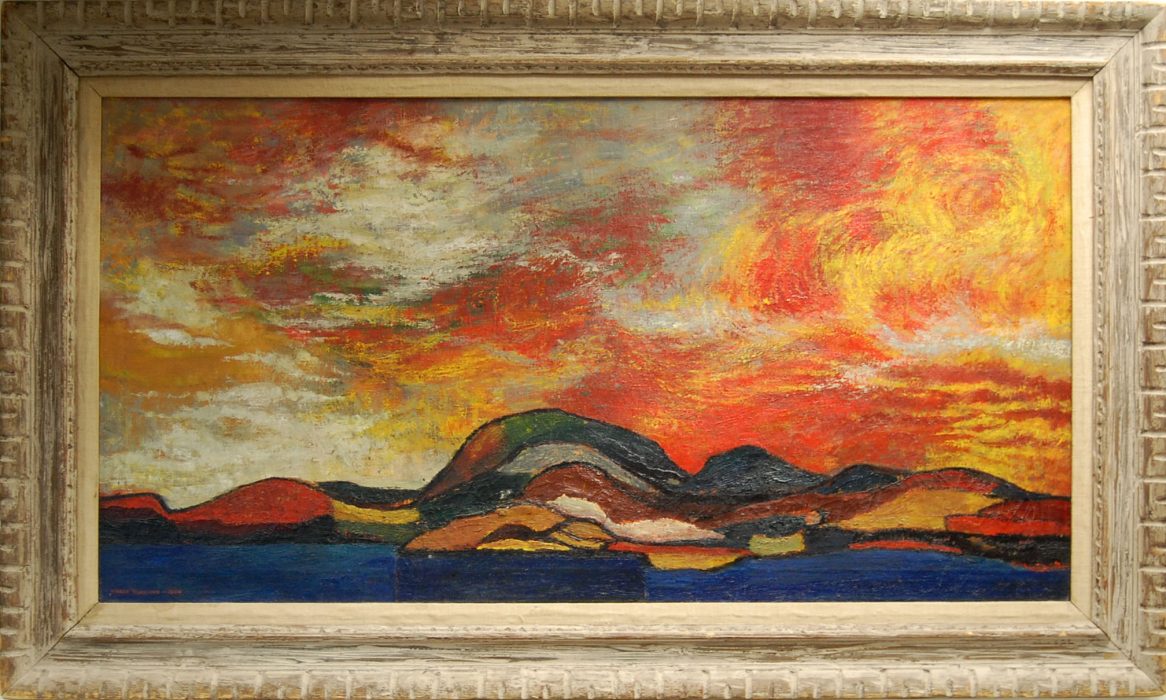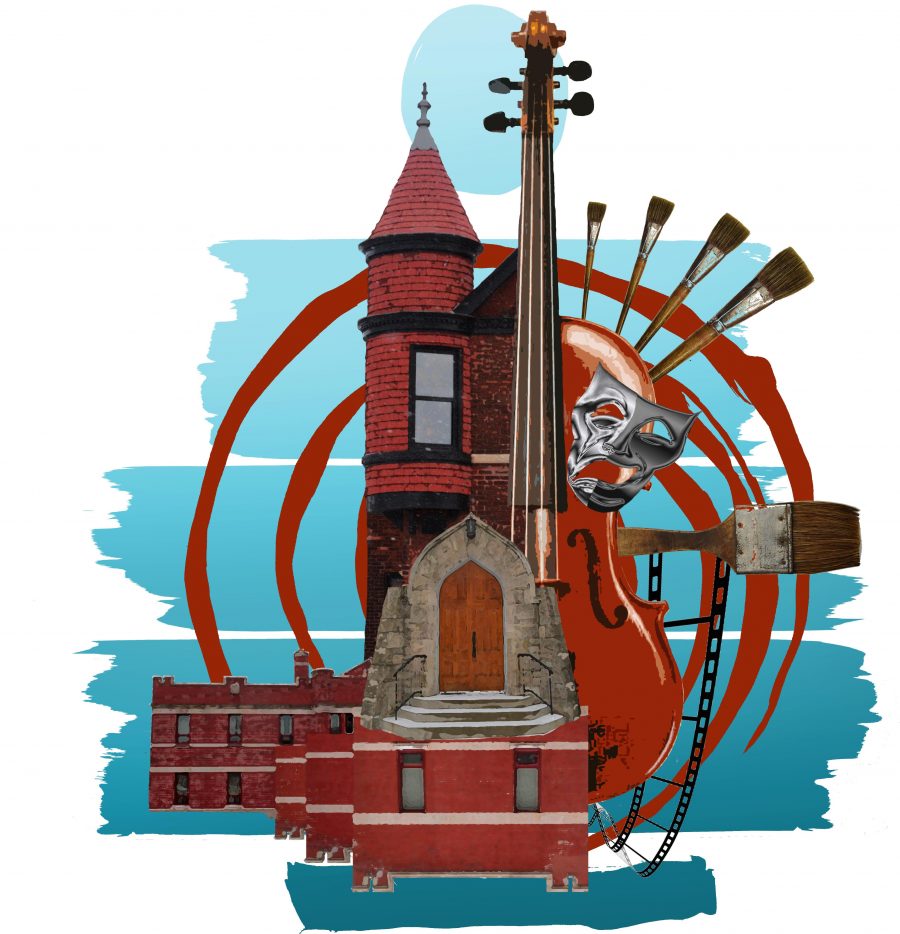By Janine Chiasson
Transformative research doesn’t stay inside the lines. That’s why Dr. Pauline Sameshima, associate professor in Lakehead University’s Faculty of Education and Canada Research Chair in Arts Integrated Studies, pushes boundaries as she collaborates with students and practitioners from different fields to examine research problems using artistic activities – visual arts, creative writing, performing arts, film, new artistic practices, and more – to generate new solutions.
“The arts offer powerful alternate ways to help us see things anew. For change to occur, we need research to speak to many groups of people in multiple and varied ways. Research can transform the participant and community it comes from and speaks on their behalf to others,” Pauline said.
Mapping the Dementia Journey
Since her arrival at Lakehead University in Fall 2012, Pauline has brought creative forces to bear on research projects that tussle with tough issues, such as Alzheimer’s disease. The health burden and economic consequences for Canada stemming from the rising tide of dementia are immense. As part of Rethinking Dementia, Pauline is working with Dr. Elaine Wiersma (Lakehead University), Dr. Sherry Dupuis (University of Waterloo), and Dr. Paul Caffery and David Harvey of the Alzheimer Society of Ontario to map the experiences of the dementia journey for people living with dementia and their care partners.
Using data gathered from 12 focus groups in three separate regions in Ontario, Pauline created four large canvases currently on exhibit at The Lair (Lakehead Arts Integrated Research Gallery – Bora Laskin Building. The artwork highlights stages of the dementia journey – Noticing, Accepting, Learning and Avoiding – with overlaid text that uses focus group transcripts detailing actual experiences and stories of the journey. The words are often painful and vulnerable, but Pauline captures the joy and hope that fuel the enthusiasm, courage, and determination of people living with dementia.
Pauline’s artistic interpretation transforms commonly held expectations of the dementia journey by expressing real data in an accessible, approachable, and novel format. Her canvases support the project’s work to capture the experiential elements of the dementia journey and align them with key points in the care pathway. This mapping, further developed in partnership with the Alzheimer Society of Ontario, has the potential to guide program evaluation, contribute to service design, and support awareness campaigns.
Wool Felt Art as Research + Teaching Tool in Anishinaabek Cervical Cancer Screening Study
Because humans try to make sense of the world through artistic expression such as writing, music, and art, Arts Integrated Research is a natural fit in learning environments. Dr. Sameshima employs community crafting to support cervical cancer education and prevention among Aboriginal women from 10 First Nations communities participating in a cervical cancer screening study. She collaborates with an interdisciplinary team lead by Dr. Ingeborg Zehbe from The Thunder Bay Regional Research Institute.
Pauline recalls one participant suggested the key to increasing screening rates is “to get people to remember things . . . make it a little more fun or interesting.”
Women were given the opportunity to felt human papillomavirus (HPV) as a metaphoric means to empower them to take care of their own viruses. One participant felt that the crafting can ‘turn the ugliness into something beautiful,’ while another said that she “will certainly be discussing this with [her] friends, spreading the word.’”
Pauline uses her Parallaxic Praxis model to guide the research process of arts-making. Instead of looking directly at the data (numbers or interview transcripts), this information is translated into an artwork to provoke critical discussion that challenges the team and viewers to pause and reflect.
“The artworks I make as interpretations of the data, and the artworks participants make as they’re learning about a particular topic are all visual reminders of how we see the world. The research artefacts are gifted back to the community as reminders of our collective hopes for living well.”
Pauline teaches Arts and Education, a course that inspires teachers to integrate the arts in all their myriad ways into learning processes. She also teaches Arts Integrated Inquiry which shares the methods of using the arts in research. She works side by side with a number of graduate students and research assistants, making art at a common studio time, and also on research projects where students use their individual artistic mediums to interpret team research. Several graduate students had their arts integrated work accepted by the Lakehead Research Education Galleries’ national and international adjudicators and their works are currently on display in the Bora Laskin Building (2nd floor and library) and at the ATAC building on the 6th floor.
By harnessing knowledge through interdisciplinary collision, Pauline’s Arts Integrated Research sparks creative brilliance that can forge new ideas, expand innovation capacity, and build progressive solutions for regional and global communities.
Pauline’s artwork can be viewed at solspire.com/ and she can be reached atpsameshima@lakeheadu.ca.













